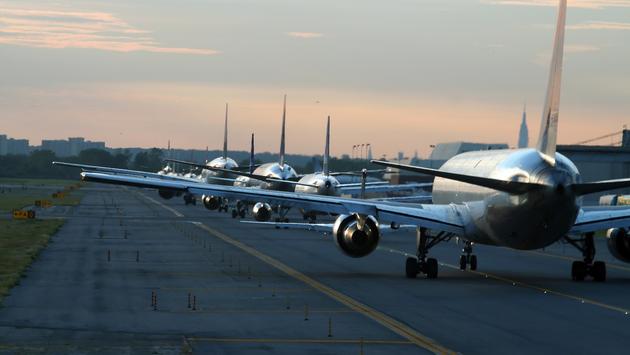Aviation Safety Experts’ Positive Insights on Recent Incidents and Flying Safety

The year began with several alarming aviation incidents, including a runway collision at Tokyo’s Haneda airport involving an Airbus A350, and a door plug incident on an Alaska Airlines 737-9, raising concerns about flight safety. These events, along with additional accidents, have heightened anxiety among travelers, particularly regarding the safety of Boeing’s 737 aircraft.
Aviation safety expert Geoffrey Thomas reassures travelers, emphasizing the extensive checks and balances in place within the aviation industry. Despite Boeing facing scrutiny for manufacturing issues, Thomas and other experts maintain that flying remains one of the safest forms of transportation.
Airline Ratings, in its annual safety review, continues to list models such as the Boeing 787 and 777-300ER, and the Airbus A220, A320neo, and A380 among the safest aircraft, with Air New Zealand, Qantas, and Emirates among the top safest airlines.
Statistical data supports the safety of aviation, with the industry improving its overall safety performance by 48% over the last decade. Florida’s Embry-Riddle Aeronautical University’s Professor Anthony Brickhouse highlights the relatively higher risk associated with driving to the airport compared to flying.
Experts advise passengers to focus on controllable safety measures, like adhering to safety briefings and being aware of emergency exits. The quick return of the Boeing 737-9 to service post-investigation underscores the effectiveness of aviation safety protocols.
The International Air Transport Association (IATA) reports a significant reduction in commercial aviation accidents, attributing only a fraction of flights to fatal accidents in 2022. IATA’s ongoing efforts aim to address specific safety concerns, notably in regions with higher accident rates.
Arnold Barnett’s study from the Massachusetts Institute of Technology further quantifies the low risk of aviation fatalities, emphasizing the dramatic improvements in safety over the decades. Barnett compares the minimal risk of flying to highly improbable events, reinforcing the perspective that aviation, statistically, poses a negligible threat to life.
Despite recent incidents and concerns, experts across the aviation industry affirm the high standards of safety maintained in flying, encouraging passengers to trust the rigorous systems and regulations that have made air travel safer over time.
Sources: AirGuide Business airguide.info, bing.com, cnn.com
